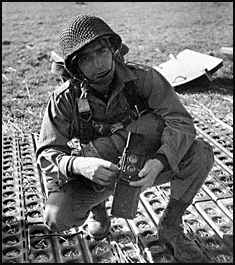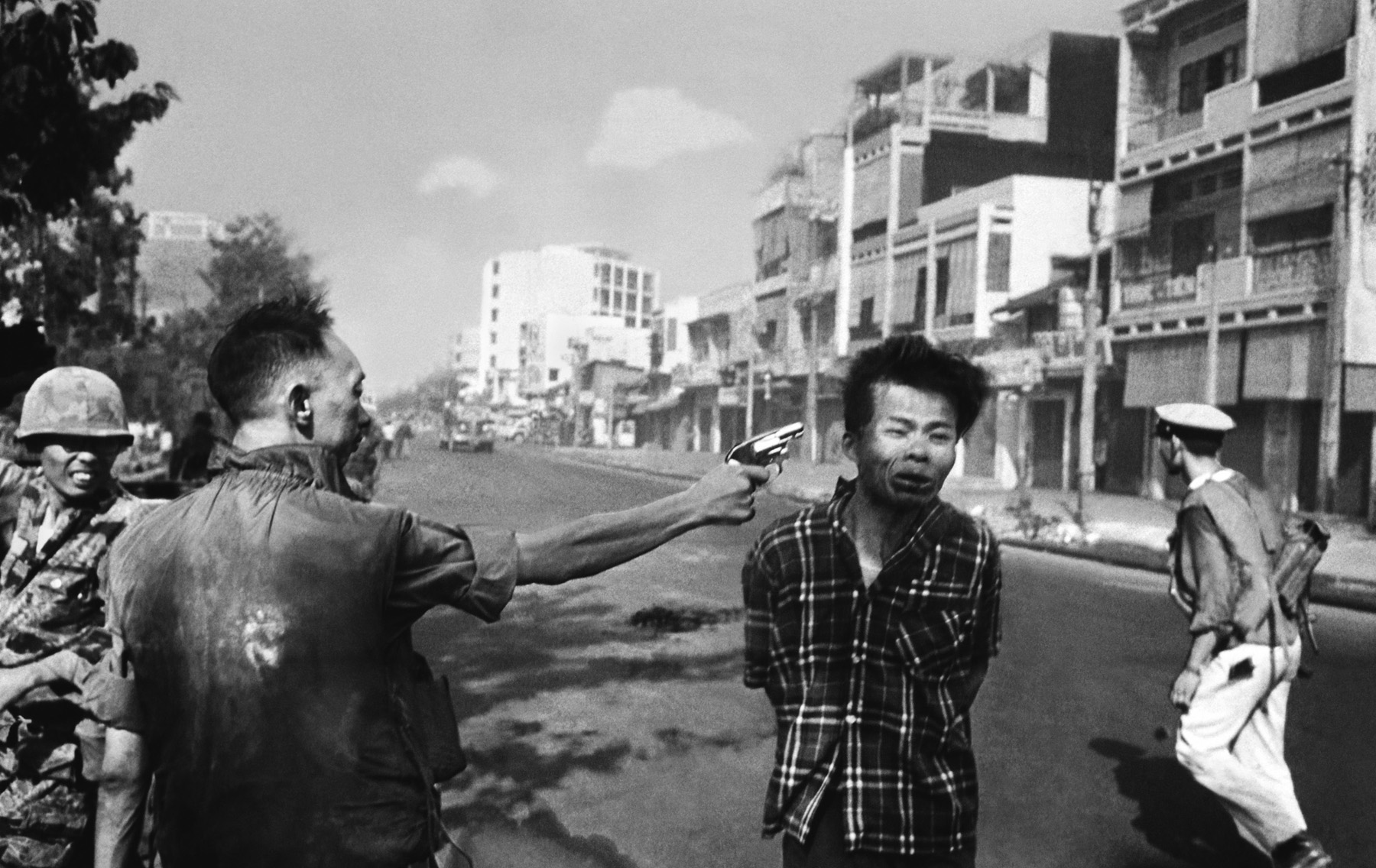Photojournalism
photojournalism is a form of journalism that involves collecting images and writing about them so the public can see them once they are ready for publishing. One of the duties of being a photojournalist is explaining and writing about the photo that you have taken. This includes writing about what was happening where it was and why it happened. You must do this so the readers have some background information on the photograph. For example if an event happens and someone gets a photo of it then the viewer of the image will want to know the details of where it was taken.
Henri Cartier Bresson
Henri Cartier Bresson
 Henri Cartier-Bresson (August 22, 1908 – August 3, 2004) was a French photographer considered to be the father of modern photojournalism. The oldest of five children, After unsuccessfully trying to learn music, as a boy Cartier-Bresson was introduced to oil painting by his uncle Louis, a gifted painter. Uncle Louis' painting lessons were cut short, when he died in World War I.Although Cartier-Bresson gradually began to be restless under Lhote's "rule-laden" approach to art, his rigorous theoretical training would later help him to confront and resolve problems of artistic form and composition in photography. In the 1920s, schools of photographic realism were popping up throughout Europe, but each had a different view on the direction photography should take. The photography revolution had begun. Returning to France, Cartier-Bresson recuperated in Marseille in late 1931 and deepened his relationship with the Surrealists. He became inspired by a 1930 photograph by Hungarian photojournalist Martin Munkacsi showing three naked young African boys, caught in near-silhouette, running into the surf of Lake Tanganyika. Titled Three Boys at Lake Tanganyika, this captured the freedom, grace and spontaneity of their movement and their joy at being alive.
Henri Cartier-Bresson (August 22, 1908 – August 3, 2004) was a French photographer considered to be the father of modern photojournalism. The oldest of five children, After unsuccessfully trying to learn music, as a boy Cartier-Bresson was introduced to oil painting by his uncle Louis, a gifted painter. Uncle Louis' painting lessons were cut short, when he died in World War I.Although Cartier-Bresson gradually began to be restless under Lhote's "rule-laden" approach to art, his rigorous theoretical training would later help him to confront and resolve problems of artistic form and composition in photography. In the 1920s, schools of photographic realism were popping up throughout Europe, but each had a different view on the direction photography should take. The photography revolution had begun. Returning to France, Cartier-Bresson recuperated in Marseille in late 1931 and deepened his relationship with the Surrealists. He became inspired by a 1930 photograph by Hungarian photojournalist Martin Munkacsi showing three naked young African boys, caught in near-silhouette, running into the surf of Lake Tanganyika. Titled Three Boys at Lake Tanganyika, this captured the freedom, grace and spontaneity of their movement and their joy at being alive.
Techniques and equipment used by Henri Cartier bresson.
After studying photography at college to help him widen is imagination he managed to buy himself the best camera on the market at the time the camera was a LECIA camera. This camera really helped him establish himself as a well known photographer in the business. He could stay in the same places for hours on end just to get the perfect photo, this helped him becom the god farther of modern photojournalism.
Robert Capa/Tony Viccaro
Robert Capa and Tony Viccaro had to completely different roles during world war two in photojournalism. Robert capa had managed to get himself a job with Life magazine wich meant he had permission to go anywhere he wanted during the war where as Robert Capa followed the army and was more of an offical photographer for them. For both photographers this time period was known as one of the best in there careers as the photos they were capturing were visually stunning and made you think a lot about what was happening to the soldiers during the war.
some photos by Robert Capa
some photos by Tony Viccaro


Eddie Adams
This photo known as "the execution" was taken moment before this man was shot in the head and killed. This photo is known so well as the man was moments away from death and by the tiome it was taked he had been killed in the street. There was also a Video of this incident but it did not capture the emotion and feeling that the photo caught, This is amazing as the phot was taken at the perfect time to make people think about what was happening in the war and how brutal it was during that time period. The still image captured the fear of certain death on a mans face and that is something not captured on camera a lot.










